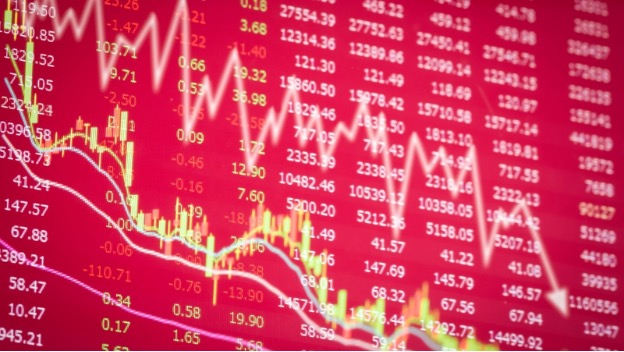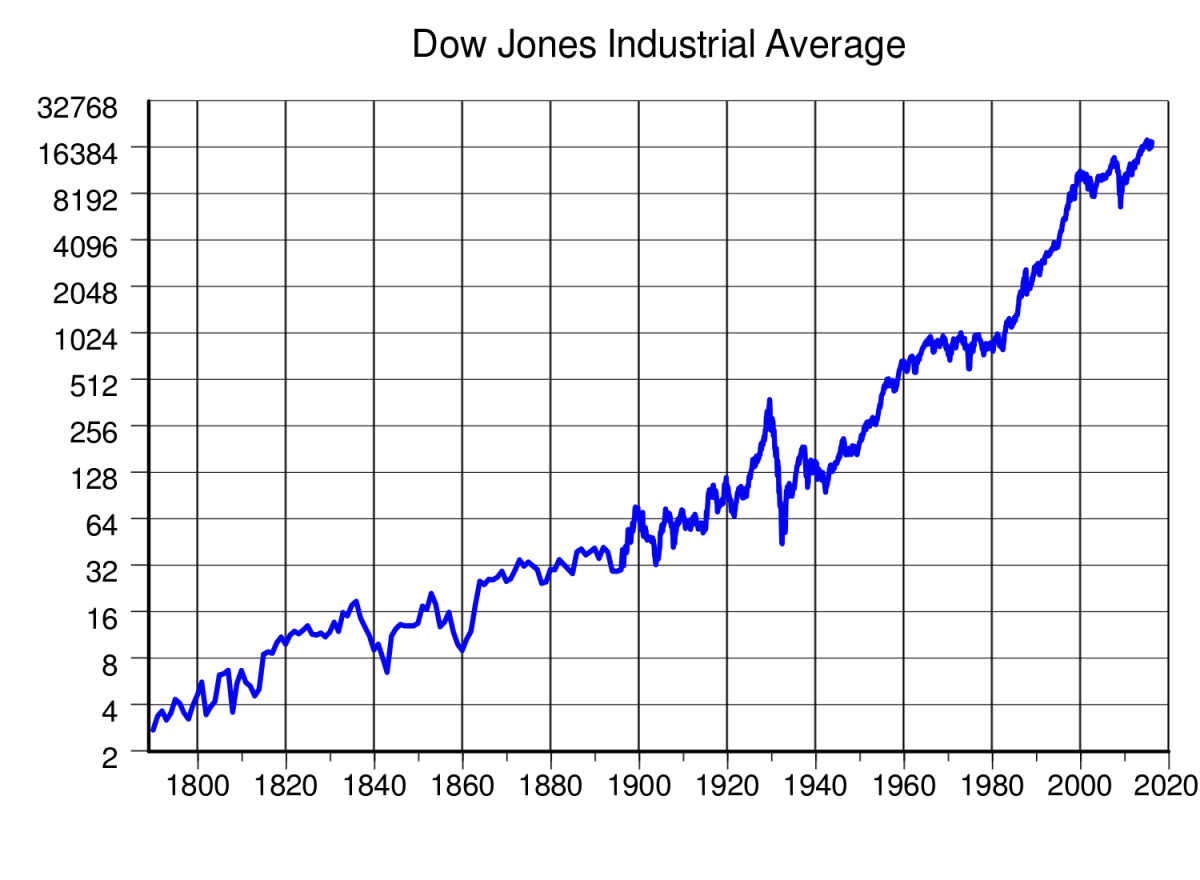By Jon Powell, CFP® It’s no secret that things in our world are a bit uncertain these days. It feels like we’re constantly waiting for the other shoe to drop. Most of us dislike this level of uncertainty, but do you know what dislikes it even more? The market. Stocks have been plummeting lately, not […]






